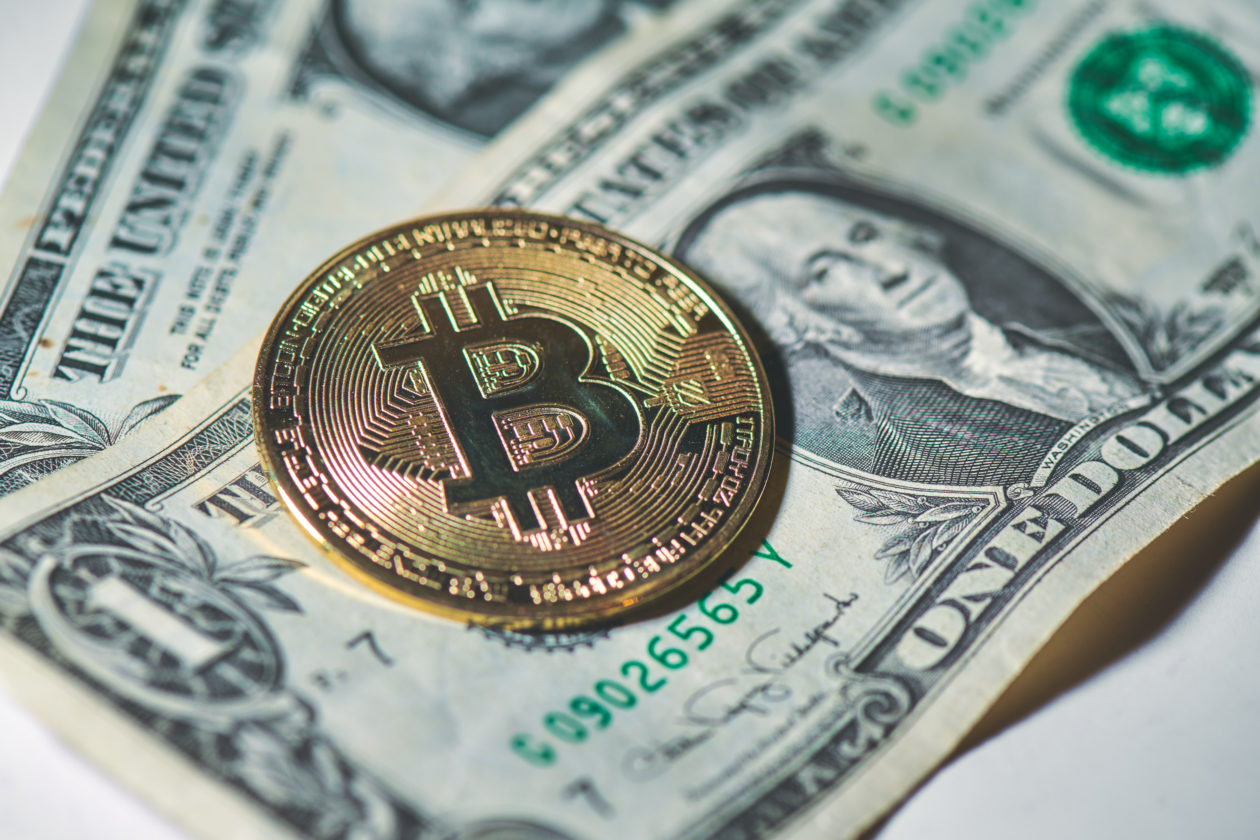Digital asset prices have been on a tear in recent weeks. Bitcoin has hit a new all-time high this week of over US$67,000, but so-called altcoins are also rallying. Waves rise and fall fast in the volatile digital asset market, but these recent swells are also signs of more seismic changes beneath the surface.
The first of these is that digital assets are becoming more mainstream and more widely adopted by institutional investors — a trend that likely will accelerate with the Bitcoin futures exchange-traded fund now in U.S. markets. The second is that decentralization and smart contracts are beginning to change the way that we invest and trade, not just what we invest in. These two structural shifts are still in their early stages, but over the years and decades ahead, they are set to drive profound — and positive — change to our financial architecture. The question is, to what extent they will be owned by the institutions that have long dominated the financial world or by a new breed of ventures. And the race is on.

Real world needs
Many of the tokens that have outperformed in recent weeks are associated with decentralized finance — or DeFi — projects with use cases that meet needs in the real world. These projects allow users to pay, trade, lend and create or invest in more complex financial products like futures and options.
This flexibility is inherent in blockchain-based smart contracts, which enable developers to create rules that govern transactions. We can recreate all the markets products offered by a traditional Wall Street investment bank, from prime brokerage to volatility trading, for example. Think Goldman Sachs and Nasdaq being reborn on the blockchain.
And because this is decentralized finance, all users transact with each other, rather than via a centralized financial institution. That reduces costs, increases the speed of transactions, opens up access to more products for more users and provides greater transparency. It’s finance without Wall Street.
The empire strikes back
Not surprisingly, Wall Street is alert to this threat — and some forward-looking players sense opportunity. The world’s most active institutional trading firms are increasingly engaged with the DeFi, investing in projects and adding significant liquidity to trading on these platforms. Those whom I speak to are quite clear that they see this as the cutting edge of a revolution in market infrastructure that will play out over the next five years or so. As analysts at Goldman wrote recently, “it is likely that blockchain technology will be as high impact in the future as the internet has been over the past several decades.”
So it’s easy to understand why some big names in traditional finance are seeking to integrate the technology behind DeFi into their business before it disrupts them. In the U.S., for example, the Depository Trust and Clearing Corporation has launched a project on the Ethereum blockchain designed to “evaluate the practical and commercial viability and value of a digital infrastructure supporting private market securities.” The Australian Securities Exchange’s 25-year-old Clearing House Electronic Subregister System, or CHESS, is being replaced by a blockchain-based clearing system. And let’s not forget that governments around the world are working hard to develop central bank digital currencies.
Building alternative rails
Investors are increasing their backing for alternative market infrastructure plays, too. Capital is beginning to flow towards ventures that are building the rails for a new financial infrastructure based on the “trustless” movement of assets without intermediaries. But intermediaries, or established financial institutions, are also working to adapt their existing business models to accommodate this shift.
The world’s biggest banks have invested some US$3 billion into blockchain and digital asset ventures so far, according to Blockdata, with custody attracting the most funding. Indeed, major custodians State Street and Bank of New York Mellon have announced plans to support digital assets — and both have backed a new trading venue for tokens. At the same time, investment banks are offering a growing range of digital asset trading services and derivatives.
Wall Street’s enthusiasm for digital finance is being driven by demand from institutional clients. A survey released in July by Fidelity Digital Assets found that 71% of institutional investors said they would invest in digital assets, while more than half already do. Of investors interested in digital assets, more than 90% expect their institutions or clients to have allocations in their portfolios by 2026.
While both may be inevitable, institutional adoption of digital assets is likely to happen faster than the shift to decentralized financial architecture. Much of the interest in digital finance — quite understandably — has to do with its potential for outsized returns more than any kind of pessimism about the existing financial system or idealism about an alternative.
The great experiment
So it’s not surprising that the first generation of alternative financial infrastructure projects is still very small compared to the banking system or capital markets — about US$104 billion is now “locked” in DeFi protocols, according to DeFi Pulse. For now, DeFi is finance’s great experiment, testing a different, better model.
But that will change over time because the incentives are so strong. Who — including regulators — wouldn’t want a financial system that is cheaper, more efficient, more open and more transparent? This alternative infrastructure could open up new frontiers, too, by providing a means of transferring value from the “metaverse” of games and non-fungible tokens to the real world — and back again.
No doubt some form of regulation will be applied to DeFi, as the U.S. Securities and Exchange Commission Chairman Gary Gensler has suggested. But its manifest advantages will ensure the principle of decentralization will transform financial services over time. Wall Street will fight to integrate this disruption as it has absorbed other advances in technology. As anyone who has worked in big financial institutions knows, though, change can be hard. DeFi ventures building an experiment from scratch today could have the edge in the years ahead.




